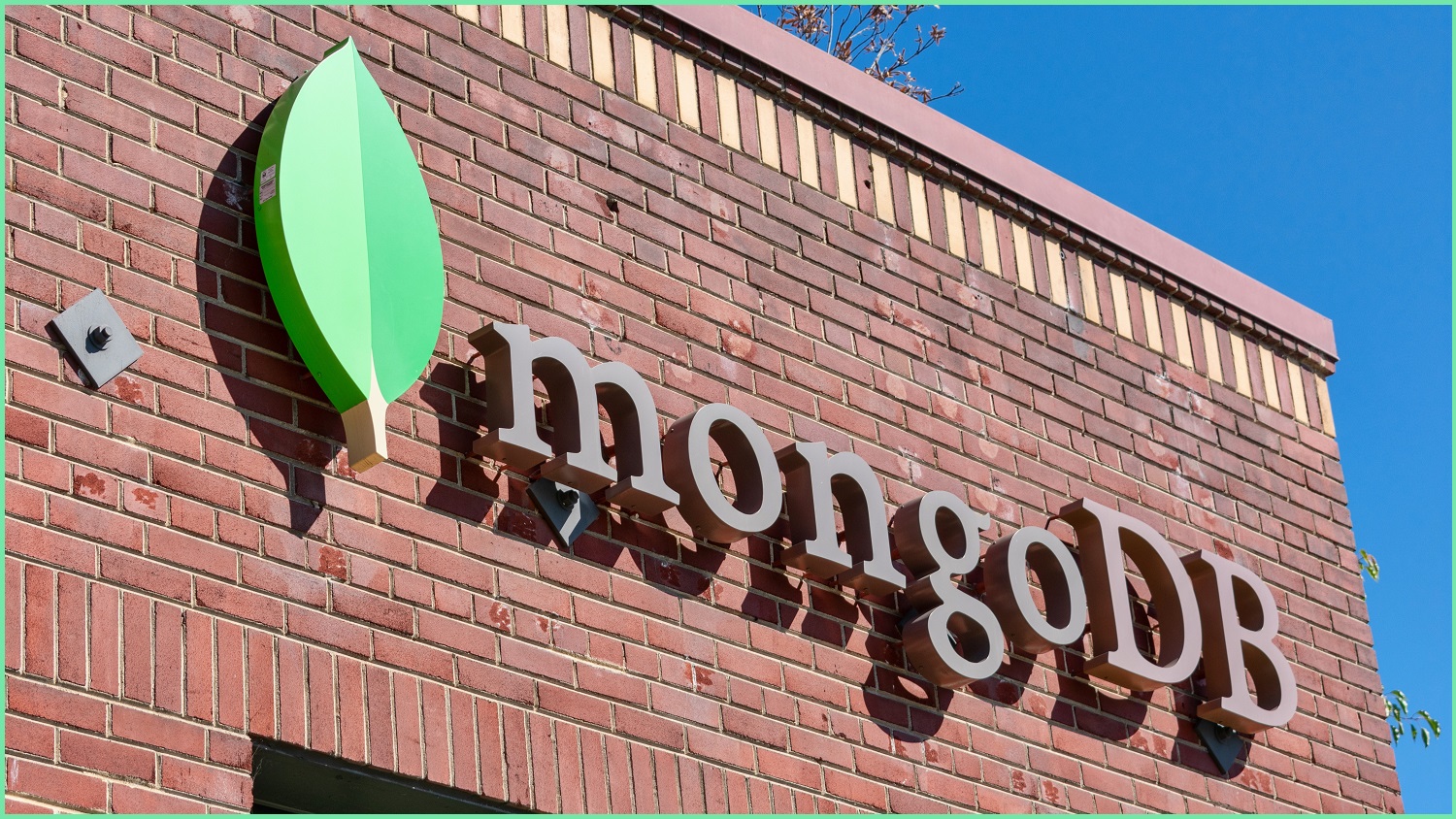Upstairs in an unassuming commercial building in the Sydney CBD precinct of Haymarket is the Australian arm of developer data platform company MongoDB.
Unlike many international tech firms that set up an office in Australia, MongoDB’s local team isn’t only comprised of regional sales representatives and technical support – they’re here to make software.
“Those teams, both engineering and support, were actually there quite a bit before we had any real sales and marketing presence,” Sahir Azam, MongoDB’s chief product officer told Information Age.
In late 2014, MongoDB bought database storage engine WiredTiger. Its co-founder Dr Michael Cahill and much of the development team was based in Sydney.
When the acquisition was finalised, the “small distributed team” of WiredTiger started working in an office together for the first time, as Dr Cahill recently described.
“The very first thing that happened was that the Sydney engineers working on WiredTiger started seeing each other every day because they were working in an office,” he said.
In the intervening years, MongoDB opted to continue building out its local workforce of Australian engineers, which Azam said has become a major research and development hub for the New York-based company.
The team, which is comprised of over 120 technical roles, including local engineers and product developers based across Sydney, Melbourne and other parts of Australia, has built MongoDB’s data visualisation tool MongoDB Charts and, more recently, MongoDB Relational Migrator – a product designed to make it easier for organisations to move their database onto the company’s platform, including with AI-generated suggested code to simplify the transition.
Interestingly, the local development team doesn’t work on project parts, rather it develops its own products “pretty much independently out of Sydney,” according to Azam.
“From an engineering standpoint, whether it’s Australia or any other remote site, we try to keep projects relatively self-contained,” he told Information Age.
“Yes, there are meetings and there’s integration points back to the States or to Dublin or Barcelona, and to some of our other engineering sites. But it’s a self-formed team that can execute on a whole project, a whole set of code.”
The point of containing whole project teams in one location is to keep teams cohesive and mitigate against time zone disruptions – you don’t want a project to hit a standstill because you’re waiting on a code review from someone who’s still asleep in a different part of the world.
As far as Australia’s much-touted skills shortage is concerned, Azam said there’s minimal issues on the recruitment side of things.
“I wouldn’t say we’ve struggled in terms of attracting talent,” he said. “We have some of the most specialised, challenging areas of the codebase – namely WiredTiger – and the vast majority of that team is based in Sydney.
“That’s a really specialised skillset to be able to find in the market and we continue to be able to hire great people in Australia.”










